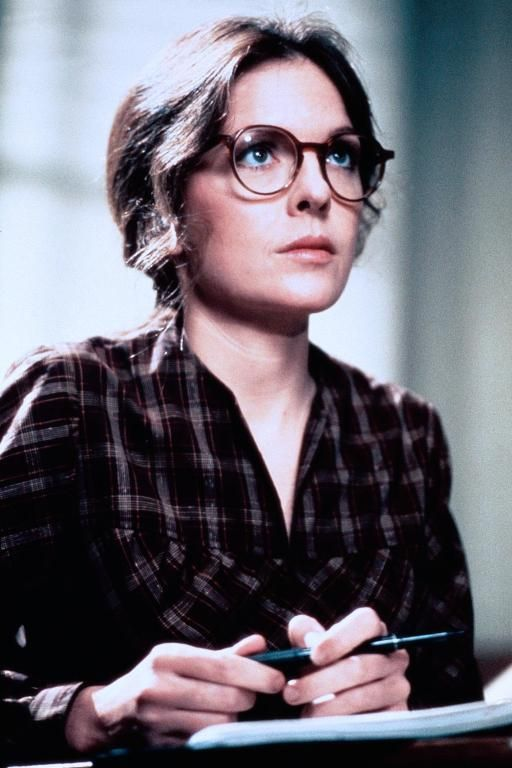
Diane Keaton stands as one of Hollywood’s most beloved and versatile actresses. Her unique style, sharp wit, and an impressive body of work spanning over five decades make her a standout figure in the film industry. Known for her memorable performances and distinct fashion sense, Keaton has carved out a niche in Hollywood that is entirely her own. In this article, we’ll explore Diane Keaton’s life, illustrious career, and her ongoing contributions to film and the arts.
Born on January 5, 1946, in Los Angeles, California, Diane Hall, later known as Diane Keaton, grew up in a large family with four siblings. Her mother, Dorothy Deanne, was a homemaker and amateur photographer, nurturing Keaton’s creative outlook. Her father, John Newton Ignatius Hall, worked as a real estate broker. Raised in a Catholic household, Diane was inspired by her mother’s dedication to family and creativity, memories that fueled her early ambitions in the arts.
Keaton’s interest in acting ignited during her high school years. After graduation, she studied at Santa Ana College before transferring to the Neighborhood Playhouse School of the Theatre in New York City. This pivotal decision marked the start of her journey in the performing arts. To avoid confusion with another actress named Diane Hall, she adopted her mother’s maiden name, Keaton.

Diane Keaton’s career took a significant turn in the early 1970s with her role as Kay Adams in The Godfather (1972). Her portrayal of a woman navigating the complex moral landscape of a crime family catapulted her to fame. Directed by Francis Ford Coppola, The Godfather remains an iconic film, and Keaton’s performance became essential to its narrative. She reprised her role in The Godfather Part II (1974) and The Godfather Part III (1990), solidifying her status in Hollywood.
Keaton’s ability to balance vulnerability with strength became a hallmark of her acting style. This role opened doors to collaborations with some of the industry’s greatest directors and actors, laying a strong foundation for her continued success.
Diane Keaton’s career soared when she met Woody Allen in the late 1960s. Their professional and personal relationship became one of Hollywood’s most talked-about pairings. Keaton starred in several of Allen’s films, including Play It Again, Sam (1972), Sleeper (1973), Love and Death (1975), and the critically acclaimed Annie Hall (1977). Her performance in Annie Hall as the quirky, lovable title character won her an Academy Award for Best Actress and catapulted her to international fame.
Annie Hall not only showcased Keaton’s acting prowess but also introduced audiences to her signature style—oversized blazers, hats, ties, and a tomboyish charm that was refreshing and unique at the time. Her fashion choices in the film inspired a generation of women and continue to influence fashion today. Keaton’s work with Allen, especially in Annie Hall, cemented her reputation as a versatile actress capable of embodying complex and unconventional roles.
In the 1980s, Keaton expanded her repertoire, taking on roles that highlighted her versatility. She starred in Reds (1981), directed by Warren Beatty, playing journalist and activist Louise Bryant. This role earned her another Academy Award nomination for Best Actress. Reds was an ambitious film, and Keaton’s character allowed her to delve into the complexities of a woman striving to find her place in a male-dominated world—a theme that resonated deeply with audiences.
The late 1980s featured Keaton in popular films like Baby Boom (1987), where she portrayed a successful businesswoman who unexpectedly becomes a mother. This comedy-drama showcased her talent for balancing humor and emotional depth, endearing her to a new generation of fans. Her portrayal of a career-focused woman adapting to motherhood was both relatable and refreshing.
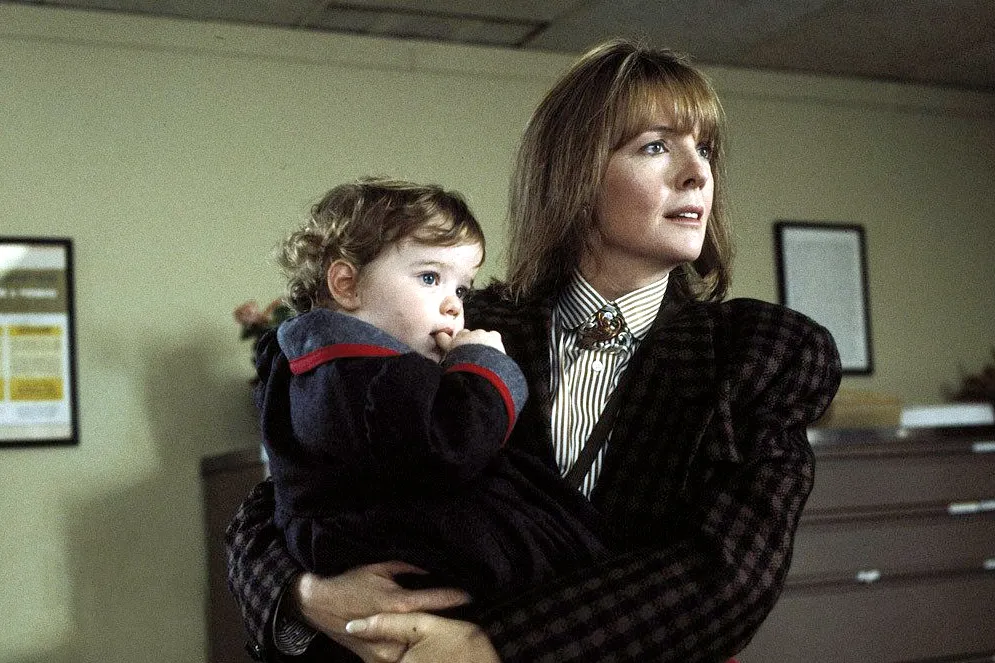
The 1990s marked a period of reinvention for Diane Keaton, as she continued to explore diverse roles. She starred in Father of the Bride (1991) and its sequel, Father of the Bride Part II (1995), playing the warm and loving mother of the bride. These family comedies became beloved classics, with Keaton’s performance bringing warmth and humor to the screen.
In 1996, she received another Academy Award nomination for her role in Marvin’s Room, where she starred alongside Meryl Streep and Leonardo DiCaprio. This film tackled heavy themes like family conflict and illness, allowing Keaton to explore a deeply emotional character. Her performance received widespread praise, underscoring her ability to tackle complex roles with authenticity.
Even in recent years, Keaton has made significant contributions to the film industry with roles in Something’s Gotta Give (2003), The Family Stone (2005), and Morning Glory (2010). Her performance in Something’s Gotta Give, opposite Jack Nicholson, earned her a Golden Globe Award and another Academy Award nomination. The film, focusing on love and relationships in later life, struck a chord with audiences and critics alike.
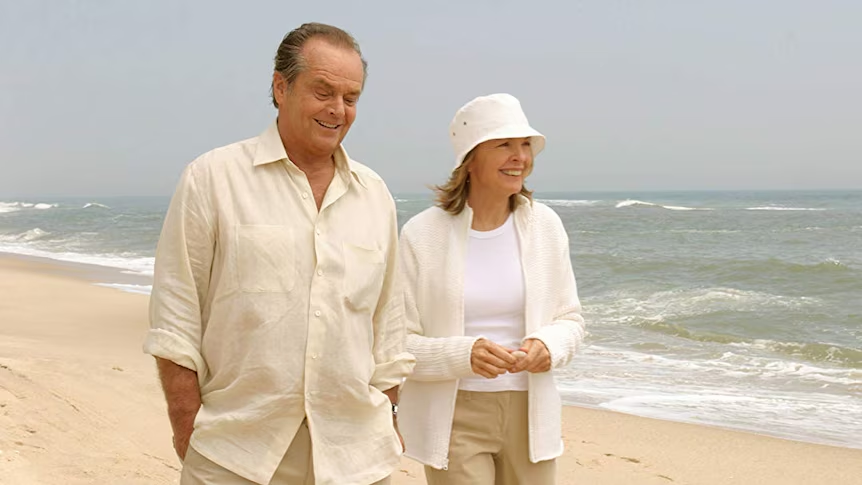
Beyond acting, Keaton has ventured into directing and producing. She directed the documentary Heaven (1987), exploring diverse perspectives on life after death. Additionally, her passion for photography and design is evident in her published works, which encompass her photography, architectural projects, and reflections on her life and career.
Diane Keaton’s personal life intrigues many. She has chosen to remain unmarried and has openly discussed her relationships. Linked to notable actors such as Warren Beatty and Al Pacino, she expresses contentment in her independence, focusing on her career and family. In her later years, Keaton adopted two children, Dexter and Duke, whom she speaks of with love and pride.
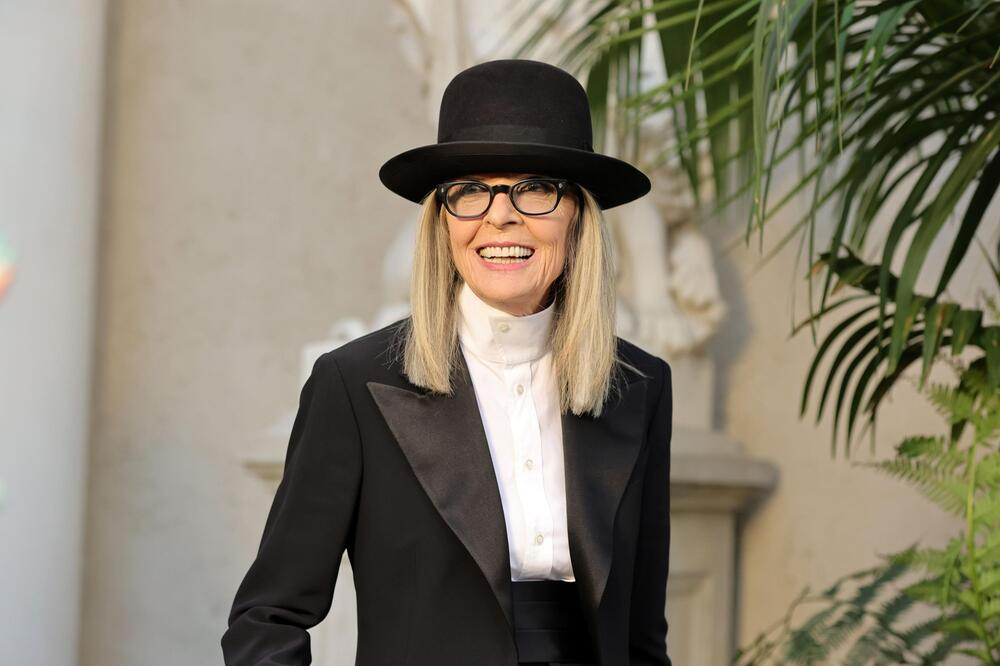
Her iconic style remains a defining aspect of her public persona. Known for her love of hats, tailored suits, and an androgynous aesthetic, she embodies a timeless quality that inspires countless fans and designers. Keaton’s fashion choices defy trends, showcasing her authentic self.
Today, Diane Keaton remains an active and influential figure in Hollywood. Her contributions to cinema, combined with her unique personality and style, make her a lasting presence in popular culture. She has published several memoirs, including Then Again (2011) and Let’s Just Say It Wasn’t Pretty (2014), offering insights into her life and reflections on aging and beauty.
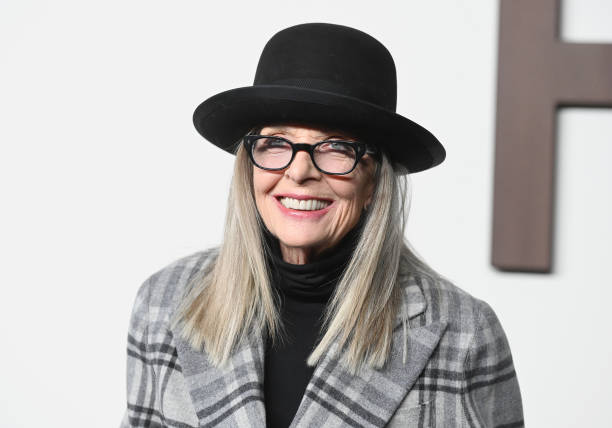
Diane Keaton’s legacy is a testament to her resilience, talent, and unique voice in an industry often demanding conformity. She consistently breaks the mold, bringing authenticity and passion to every role. Whether on screen or in her creative pursuits, Diane Keaton’s influence is undeniable, and her impact on the film industry will resonate for generations to come.